History is filled with magnificent places that once captured the imagination of millions
but have since vanished into the mists of time. From ancient wonders to modern
marvels, these lost attractions tell fascinating stories of human ingenuity, cultural
evolution, and the inevitable march of progress.
While we can no longer visit these remarkable sites in person, their legacy inspires
and intrigues people worldwide.
Temple of Artemis – Ephesus, Turkey
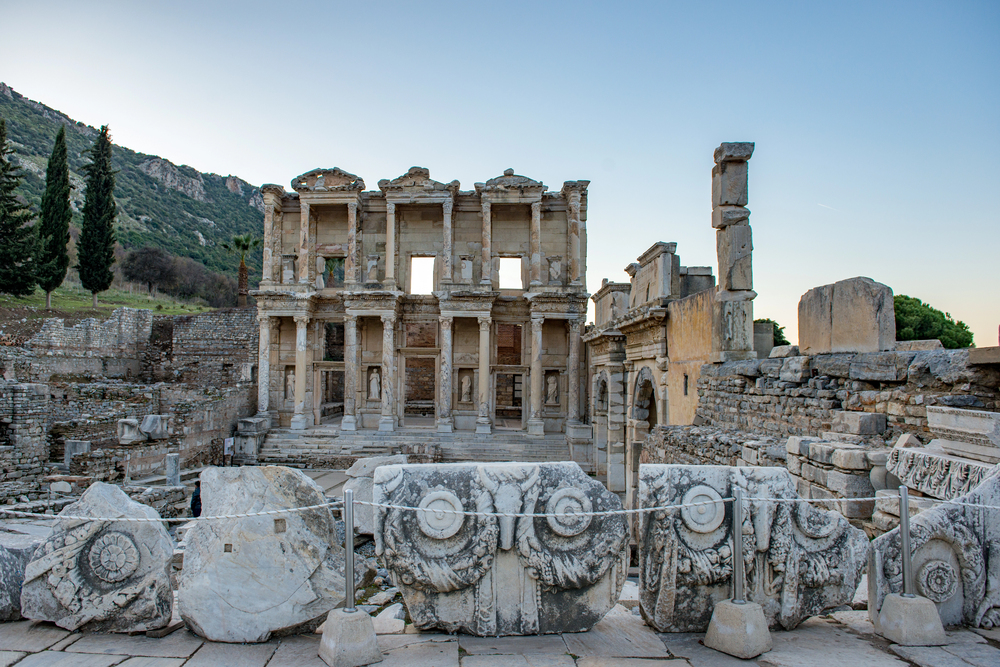
One of the Seven Wonders of the Ancient World, this magnificent temple stood as a
testament to Greek architectural brilliance for over 800 years. The massive structure,
spanning 377 feet long and supported by 127 60-foot columns, housed countless
treasures and drew pilgrims worldwide.
Destroyed and rebuilt three times before its final demolition in 401 CE, only a single column and scattered marble fragments remain at the site today.
Crystal Palace – London, England
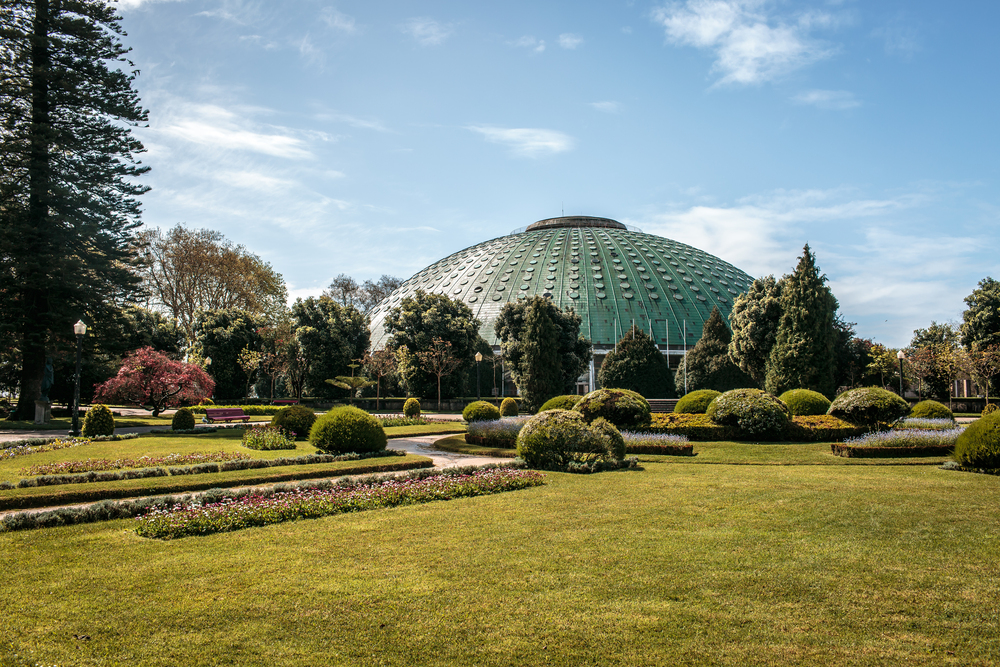
This architectural marvel of cast iron and glass amazed visitors to the Great
Exhibition of 1851 with its groundbreaking design and vast interior space. The
structure housed countless exhibitions and events for 85 years after relocating to
Sydenham Hill.
A devastating fire in 1936 reduced this Victorian wonder to ashes, though its name lives on in the neighborhood and the local football club.
Like Travel Pug’s content? Follow us on MSN.
Hanging Gardens of Babylon – Iraq
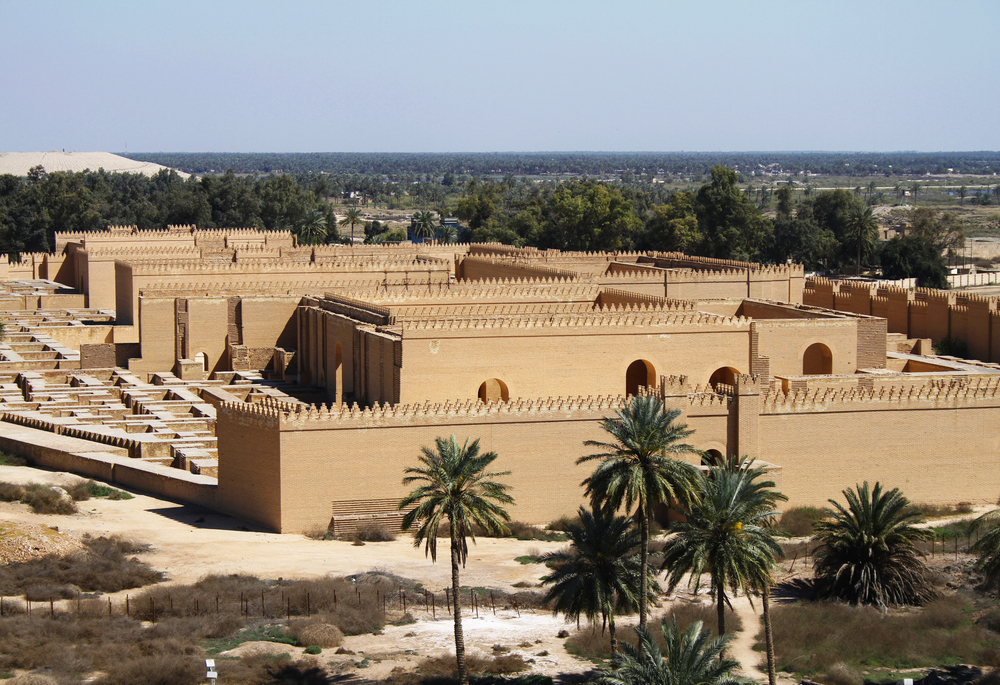
These legendary terraced gardens, described in ancient texts as a series of
ascending platforms filled with exotic plants powered by an advanced irrigation
system, remain in mystery. Rising as high as 75 feet into the air, they were said to
have been built by King Nebuchadnezzar II for his wife, who missed the greenery of
her homeland.
While archaeologists debate their exact location and existence, their place in the human imagination remains secure.
Luna Park – Coney Island, New York
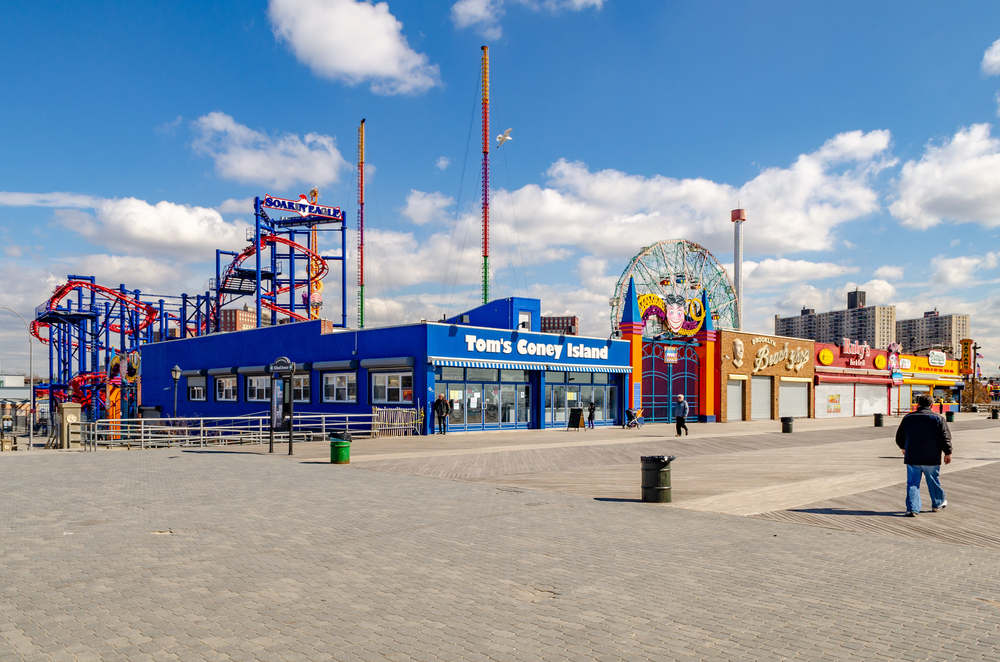
The original Luna Park was a beacon of early 20th-century entertainment, dazzling
visitors with its 250,000 electric lights and fantastical architecture. In 1903, this
pioneering amusement park featured attractions like ‘A Trip to the Moon,’ the ‘Dragon’s Gorge,’ and elaborate theatrical productions.
Two devastating fires in the 1940s led to its closure, though its influence lives on in amusement parks worldwide.
Sutro Baths – San Francisco, California

This massive public bathhouse opened in 1896, contained seven swimming pools of
varying temperatures fed by the Pacific Ocean. The stunning glass-enclosed
structure could accommodate 10,000 visitors and featured museums, restaurants,
and recreational facilities.
Despite its grandeur, financial difficulties led to its closure in 1966, and a fire shortly thereafter left only ruins clinging to the rocky coastline.
Like Travel Pug’s content? Follow us on MSN.
Porcelain Tower of Nanjing – China
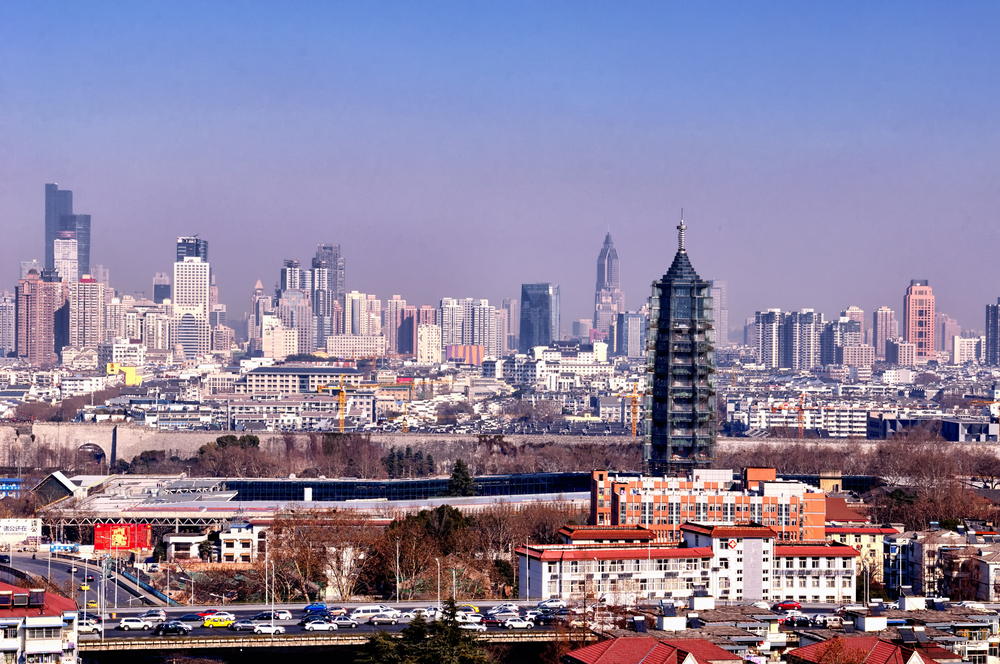
This architectural masterpiece stood 260 feet tall and was covered entirely in
white porcelain bricks that gleamed in the sunlight. Built during the Ming Dynasty in
the 15th century, the octagonal tower featured nine stories and was considered one
of the Seven Wonders of the Medieval World.
The tower’s destruction during the Taiping Rebellion of 1856 marked the loss of a unique architectural achievement.
Dreamland – Margate, England
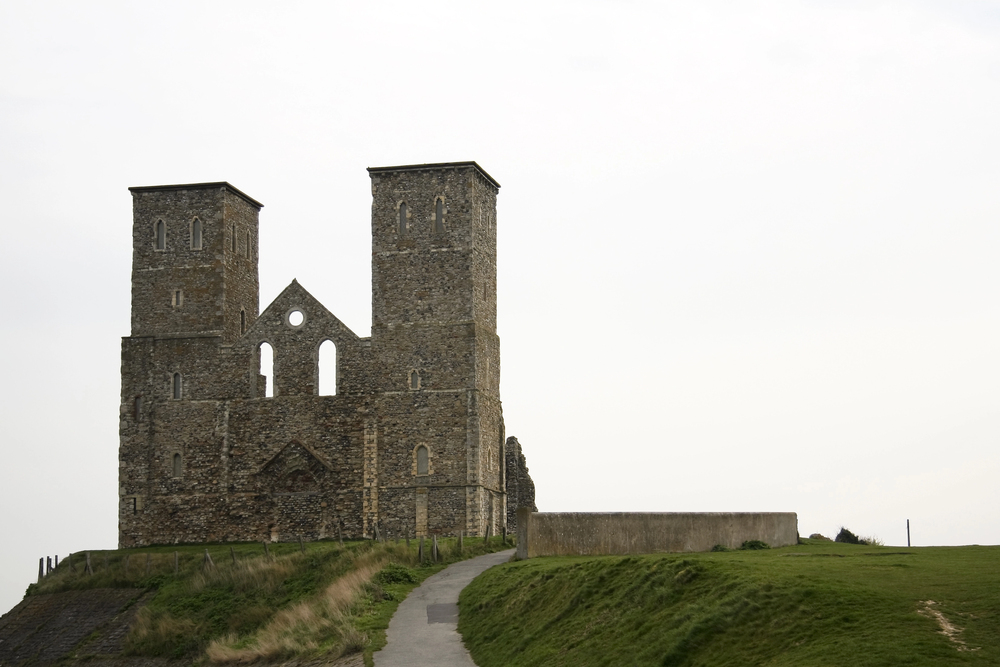
This pioneering British amusement park opened in 1920 and featured the country’s
first scenic railway. Its art deco cinema, ballroom, and innovative rides made it a
major tourist destination for decades.
Though the park closed in 2005, its recent resurrection as a heritage amusement park proves that sometimes lost attractions can find new life.
Hippodrome Theatre – New York City
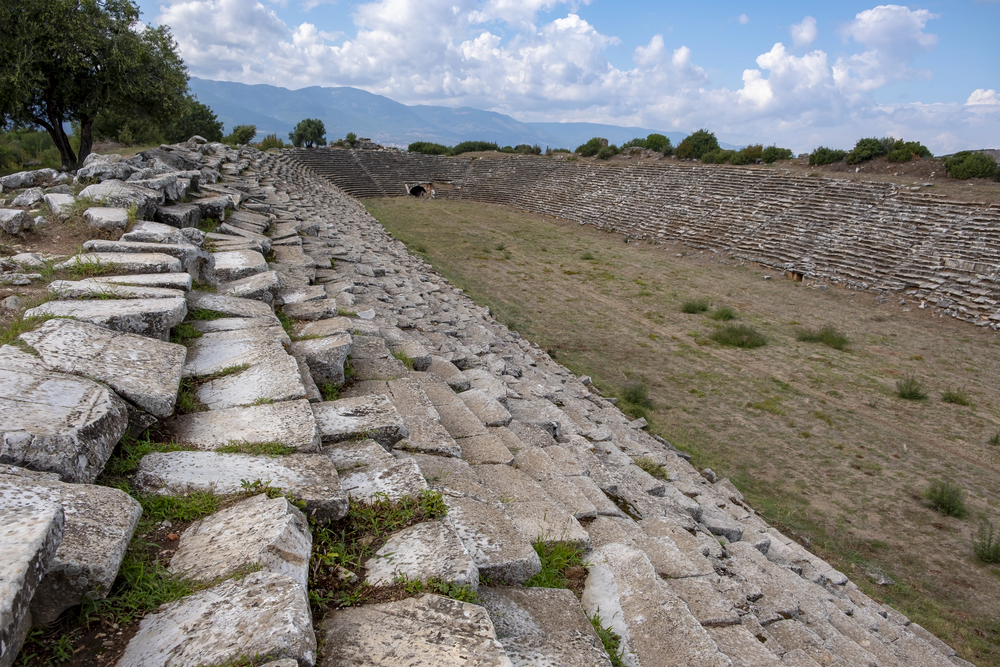
This massive entertainment venue opened in 1905 with seating for 5,300 and a
stage that could be converted into a 100,000-gallon tank for aquatic shows. The
theatre hosted elaborate spectacles featuring hundreds of performers, live animals,
and groundbreaking special effects.
Despite its popularity, changing entertainment tastes led to its demolition in 1939.
Like Travel Pug’s content? Follow us on MSN.
Pantheon of Rome – Moscow, Russia

This ambitious project, begun in 1817, was intended to commemorate Russia’s
victory over Napoleon with a massive domed structure larger than its Roman
namesake. Construction difficulties and technical challenges led to its abandonment
in 1825, leaving only a foundation that was eventually demolished.
The unfinished monument represented one of history’s most ambitious unrealized architectural projects.
Chacoan Great Houses – New Mexico

These massive multi-story complexes, built by the Ancestral Puebloan people
between 850 and 1250 CE, served as the heart of a sophisticated civilization in the
American Southwest. The largest, Pueblo Bonito, contained over 600 rooms and
stood five stories tall.
While some structures remain as ruins, many remarkable buildings have been lost to time and the harsh desert environment.
Coral Castle – Florida
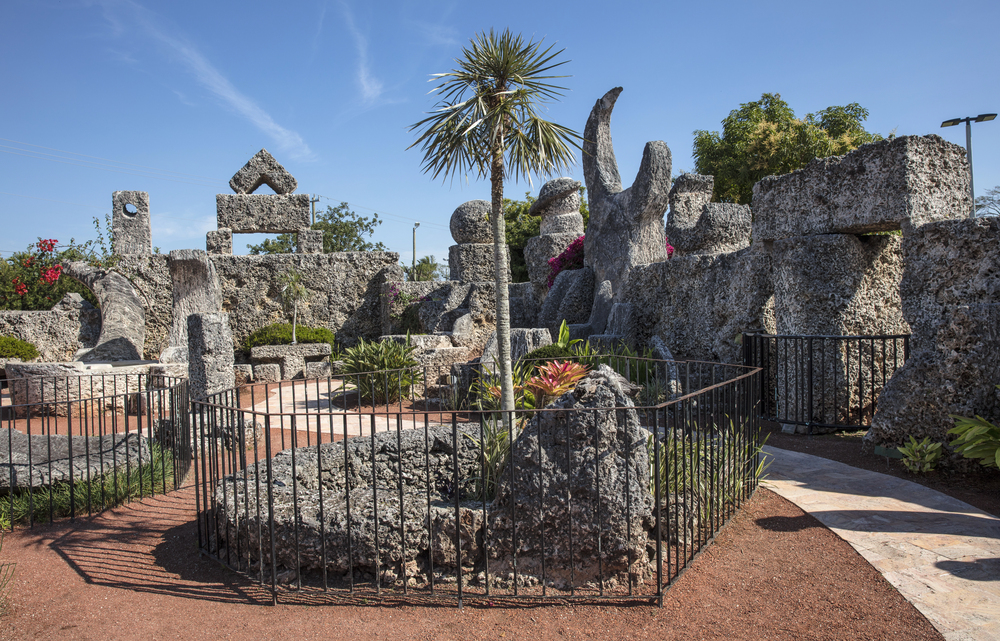
This remarkable structure, single-handedly built by Edward Leedskalnin between
1923 and 1951, featured massive coral blocks weighing up to 30 tons each. The
mystery of how one man moved and carved these enormous stones remains
unsolved.
While the site still exists, many original features and mechanical innovations have been lost.
Like Travel Pug’s content? Follow us on MSN.
White City – Chicago, Illinois
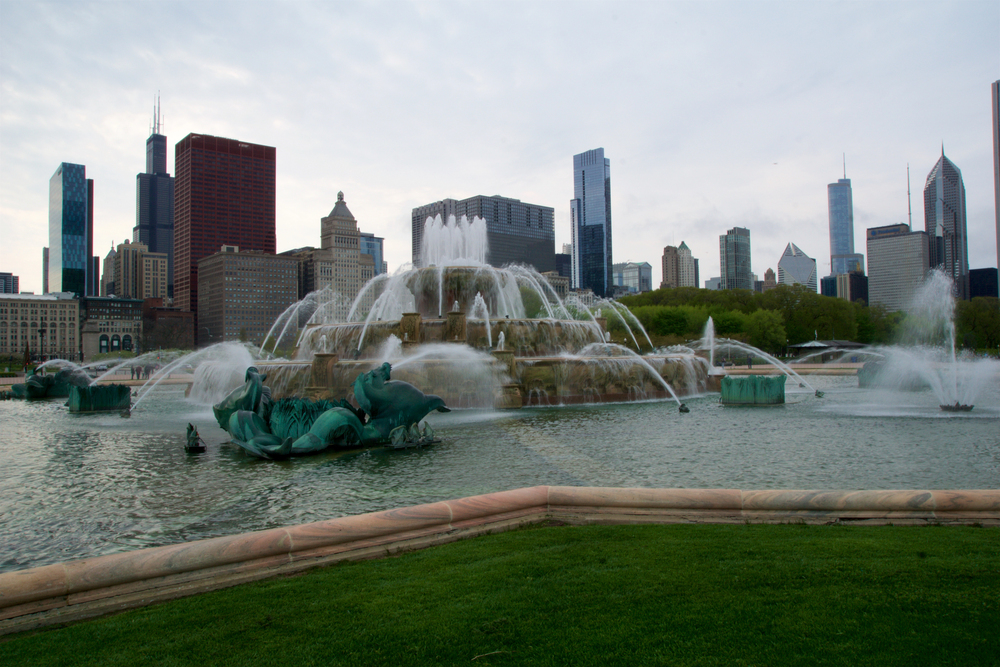
Created for the 1893 World’s Columbian Exposition, this magnificent collection of
classical buildings earned Chicago the nickname ‘Paris on the Prairie.’ The
fairgrounds featured the world’s first Ferris wheel and introduced millions of visitors
to new technologies and cultural experiences.
Shortly after the fair, most structures were destroyed by fire, deterioration, or development, though their influence on American architecture persisted.
Wembley Stadium Twin Towers – London, England
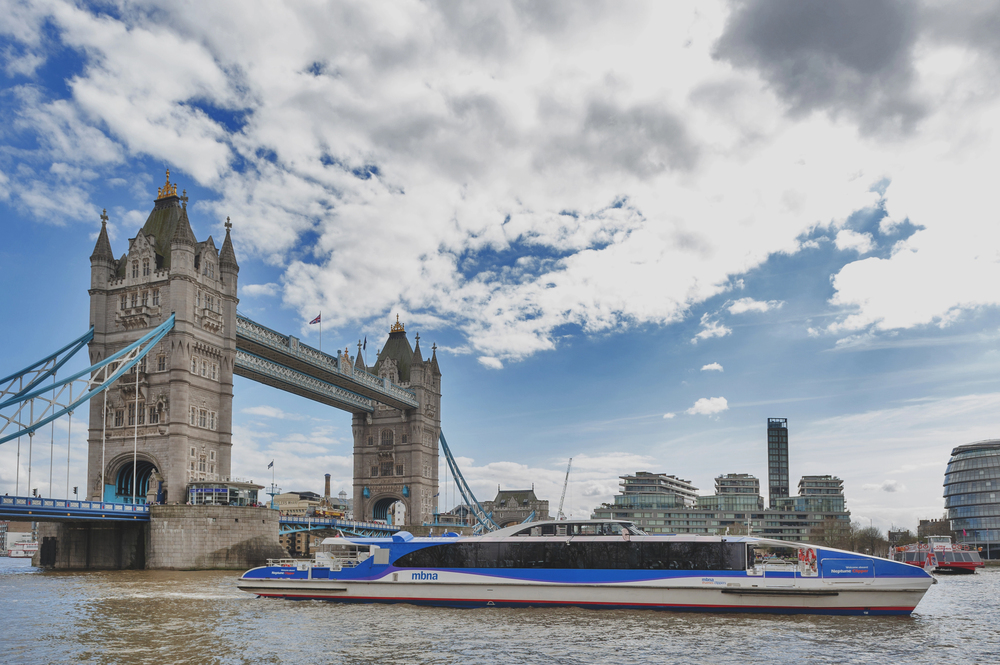
These iconic Art Deco towers, rising 126 feet into the sky, were symbols of English
football from 1923 until their demolition in 2003. They welcomed millions of fans to
countless historic matches and events.
Though replaced by a modern arch in the rebuilt stadium, the towers remain powerful symbols of sporting heritage.
Crystal Beach Amusement Park – Ontario, Canada

This beloved park, with its famous Comet roller coaster and unique attractions,
entertained visitors on the shores of Lake Erie for nearly a century. Operating from
1888 to 1989, it represented the golden age of traditional amusement parks.
Though completely demolished, its memory lives on through preservation groups and
commemorative events.
Like Travel Pug’s content? Follow us on MSN.
Penn Station – New York City
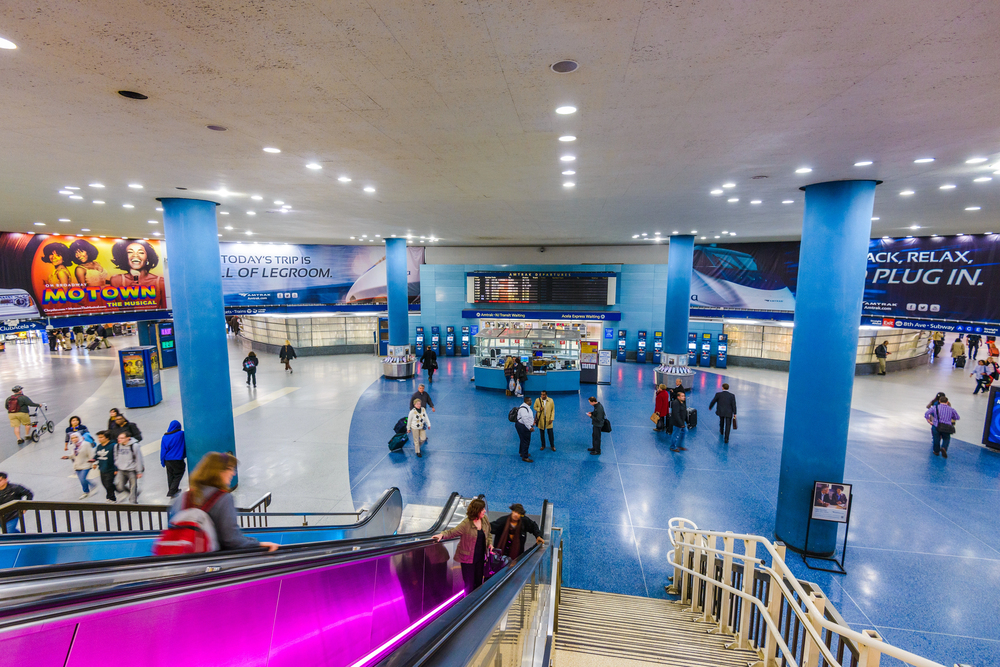
The original Pennsylvania Station, opened in 1910, was a masterpiece of Beaux-Arts
architecture, with its massive steel and glass train shed and colonnade. Its
demolition in 1963 sparked the modern architectural preservation movement in
America.
The loss of this magnificent structure remains a cautionary tale about protecting architectural heritage.
Pomona Queen – California

This massive paddle-wheel riverboat turned restaurant and entertainment venue
operated on the shores of Lake Pomona from 1952 to 1981. The three-story vessel
featured multiple dining rooms, a dance floor, and regular live entertainment.
The fire claimed this unique attraction, leaving only memories and photographs.
Palmland – Miami, Florida

This tropical-themed entertainment complex opened in 1962 with gardens,
restaurants, and shows celebrating Florida’s exotic appeal. The 15-acre attraction
featured flamingo pools, orchid gardens, and regular performances by native wildlife.
Changing tourist preferences led to its closure in 1973 and subsequent demolition.
Like Travel Pug’s content? Follow us on MSN.
Steel Pier – Atlantic City, New Jersey
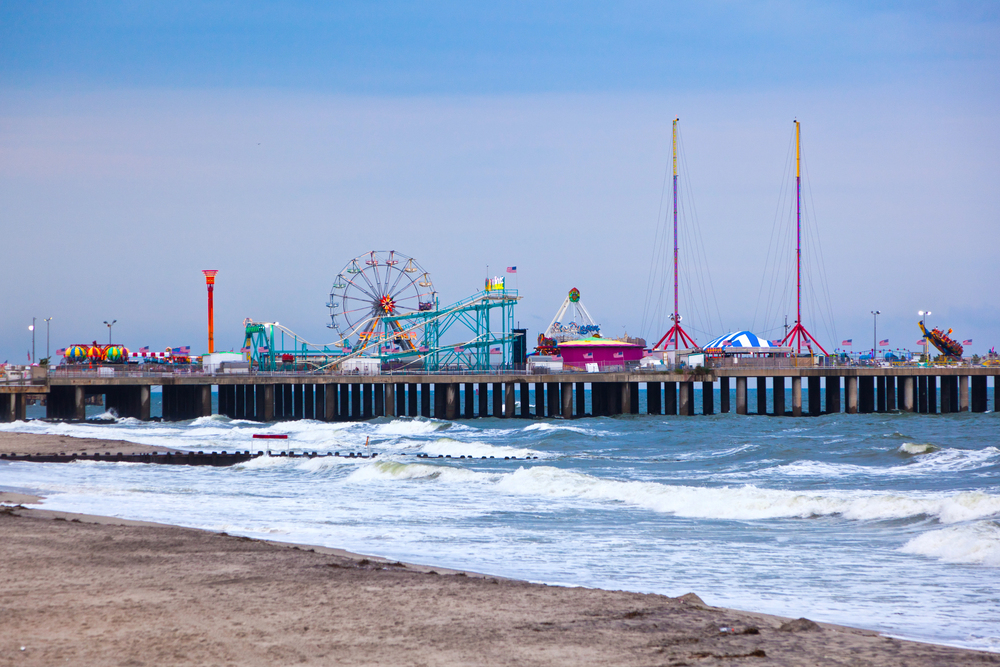
While the pier still exists, many of its most famous attractions have been lost. From
the 1920s to the 1970s, the original Steel Pier featured a diving horse show, multiple
theaters, and exhibition spaces.
Over the years, the legendary diving horses and many original structures were lost to fires and storms.
Riverview Park – Chicago, Illinois
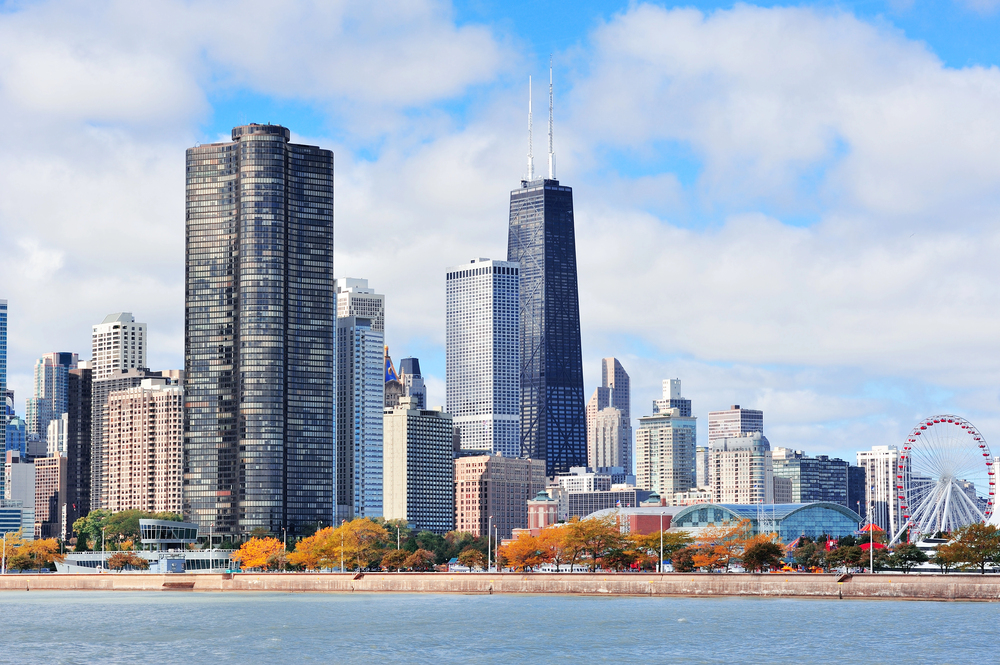
From 1904 to 1967, this massive amusement park, which covered 140 acres,
featured over 100 attractions, including the famous Aerostat Balloon Ride and Shoot-
the-Chutes water ride. Generations of Chicagoans enjoyed the park’s entertainment.
Today, only memories and scattered memorabilia remain of this once-great
entertainment destination.
Wonderland – Beijing, China

In the 1990s, this partially constructed attraction was intended to be Asia’s largest
theme park. However, it remained abandoned for nearly 20 years before being finally
demolished.
The medieval European-style buildings and castle structures created an eerie modern ruin on the outskirts of Beijing. Though never completed, it became a powerful symbol of failed ambition and economic uncertainty.
Like Travel Pug’s content? Follow us on MSN.
A Legacy That Lives in Memory
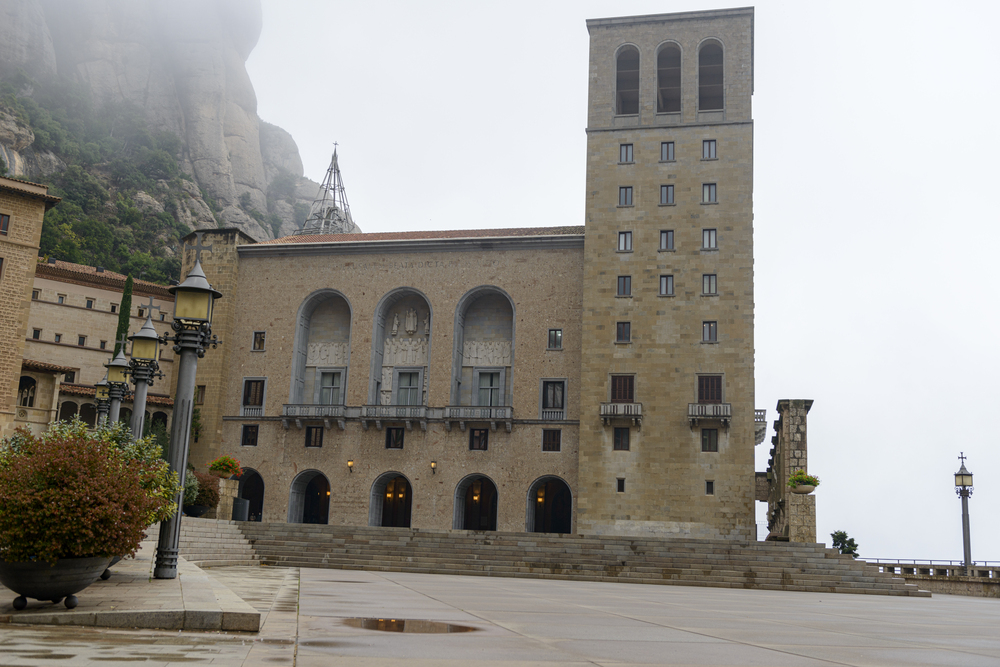
While these remarkable attractions may have vanished physically, their impact on
culture, architecture, and entertainment continues to resonate today. Through
photographs, stories, and the memories of those who experienced them firsthand,
these lost wonders maintain their ability to captivate our imagination and remind us
of humanity’s endless drive to create spaces of wonder and amazement.
More from Travel Pug

- 15 Dangerous European Cities to Avoid
- 15 Caribbean Islands Where Tourists Keep Getting Scammed
- The 20 Most Fascinating Abandoned Places: A Journey Through Time and Forgotten Spaces
- 15 Hidden Places in the Smithsonian Museums Locals Love: A Guide to Lesser-Known Treasures
- 16 Hidden Florida Beach Towns That Aren’t Overrun with Tourists
Like Travel Pug’s content? Follow us on MSN.
